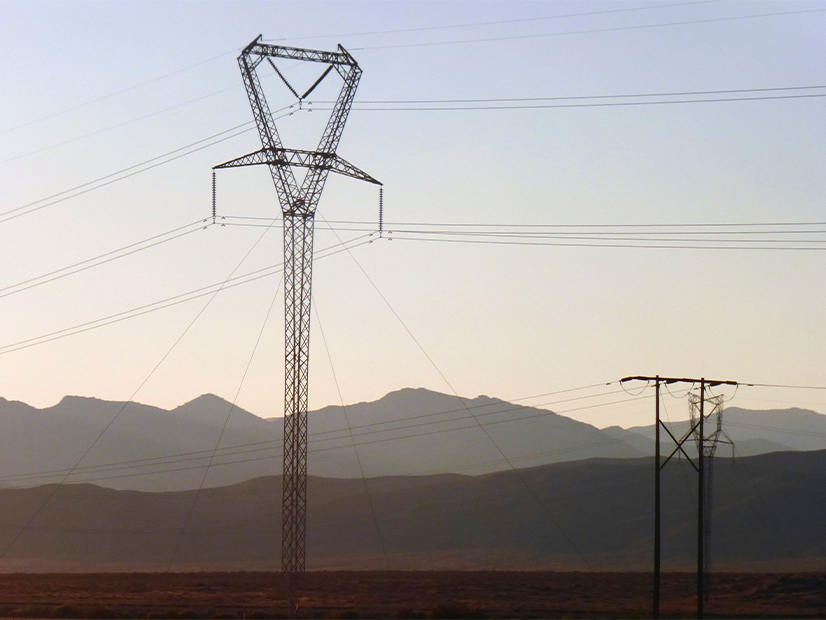
NERC and the regional entities signaled their support last week for FERC’s proposal to change transmission planning and cost allocation processes, calling such a move “essential for a reliable transition to a modern” bulk power system (RM21-17).
The ERO shared its views in comments on the Notice of Proposed Rulemaking FERC issued in April that would require transmission providers to identify infrastructure needs on a long-term, forward-looking basis through revisions to their planning processes, and to list the benefits they would use to select proposed projects. (See FERC Issues 1st Proposal out of Transmission Proceeding.) The commission said the rules would help planners cope with the growth of renewables, along with extreme weather events and new sources of demand such as electric vehicles.
In their response, NERC and the REs focused on the “immense transition” being experienced by the North American electric grid “as the generation resource mix and underlying transmission system evolve,” while changing weather patterns add stress for which the grid was never designed.
In particular, the ERO cited the ongoing adoption of wind and solar generators that deliver power to the grid through inverters, a major departure from traditional resources, which NERC said requires a new approach to transmission planning. Instead of using the models and studies devised for older technologies to connect this new generation fleet to the transmission system, NERC said FERC should encourage “long-term, forward-looking transmission planning to ensure” reliable connection to the BPS.
“Transmission will be the key to support the resource transformation enabling delivery of energy from areas that have surplus energy to areas which are deficient,” the ERO said in its filing. “The frequency of such occurrences [is] increasing as extreme weather conditions resulting from climate change impact the fuel sources for variable energy resources. Regional transmission planning can ensure that sufficient amounts of transmission capacity [are available] to address these more frequent extreme weather conditions.”
Noting that NERC’s reliability standards “apply together with commission transmission planning and interconnection requirements,” the ERO expressed appreciation for FERC’s understanding of its role in the bulk electric system. It urged the commission to continue including it in future discussions of the grid transformation, arguing that the ERO “is particularly equipped to assess the North American transmission system” because of its history of working with policy makers, regulators, utilities and other stakeholders across the electric industry.
WECC said the issue is “a particular area of concern” for the Western Interconnection because of the “interregional consequences” of its operation and the lack of any other “interconnection-wide organization” besides WECC that can help coordinate the development of the transmission system. The RE said it could play a leading role in mustering the efforts of various interests to build a more reliable grid for the entire interconnection.
NERC and the REs were careful to limit their comments to matters related to BPS reliability, declining to mention issues of cost allocation or other topics raised by the NOPR. Other commenters have been more ambivalent about FERC’s proposal; more than 180 respondents had replied by the deadline last week, with many expressing general support for the overall goal but hesitation about the specifics. (See Battle Lines Drawn on FERC Tx Planning NOPR.)


